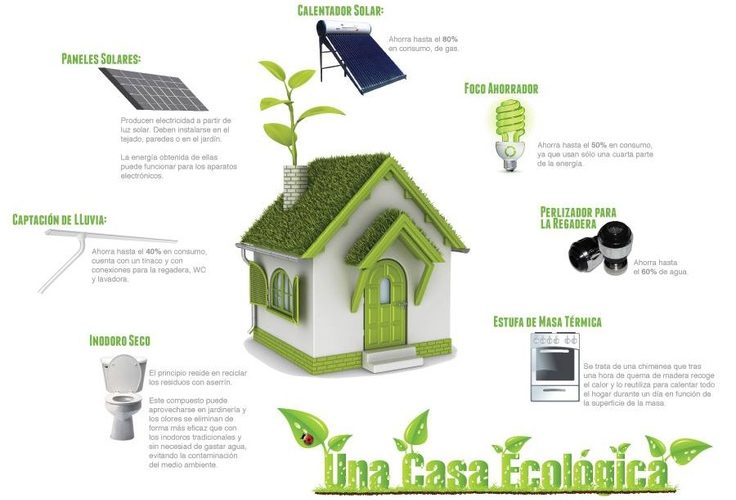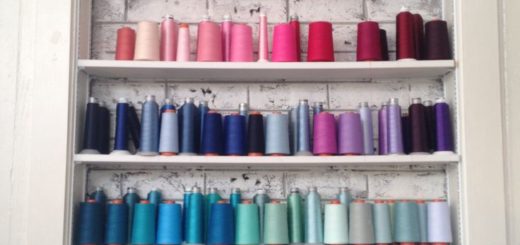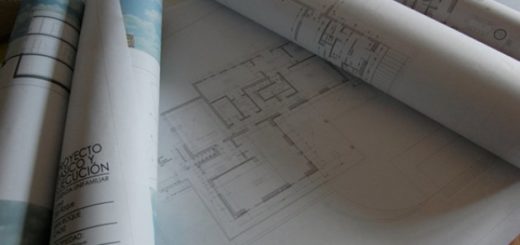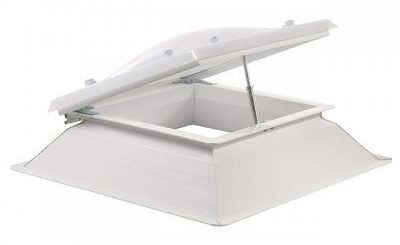How to Achieve an Energy-Efficient Home: Practical Low-Energy Strategies

How to achieve a home with the lowest possible energy consumption
Reducing energy consumption at home is essential to lower your electricity bills and, at the same time, move toward a more efficient and sustainable household. Moreover, applying systems and habits that reduce overall energy demand can transform any home, even if it is not newly built. Therefore, this guide offers practical strategies that will help you move closer to a truly low-energy home.

If you would like to explore more domestic energy-efficiency strategies, you can consult the official recommendations provided by the IDAE. In addition, you can explore related content on Vilssa through the article search tool.
🔋 Essential measures to achieve a low-energy home
-
☀️ Install photovoltaic solar panels
Photovoltaic panels can cover almost 100% of electricity demand in certain areas. However, the main limitation is the initial cost and the long payback period. Furthermore, to determine whether they are truly worthwhile, it is important to review both local regulations and your home’s actual energy consumption.
More information in this internal Vilssa article:
Are solar panels profitable? -
🌡️ Use solar thermal panels for domestic hot water
These systems can cover around 80% of annual hot-water demand. As a result, they significantly reduce the need for electricity or gas. Moreover, they are one of the most effective investments for single-family homes. -
💡 Improve lighting and switch to LED technology
LED lighting is currently the most efficient and durable option. In fact, replacing all existing bulbs with LED versions can immediately reduce household electricity consumption.
You can compare consumption levels here:
Consumption of different bulb types -
🔥 Install high-efficiency boilers
Heating and hot water account for a large portion of household energy bills. For this reason, condensing boilers are the most efficient option for small homes and apartments. In addition, they maximise fuel performance and reduce emissions.
More details here:
Advantages of condensing boilers -
🌧️ Make use of rainwater harvesting
In single-family homes, installing rainwater collection systems allows you to reuse water for toilets or garden irrigation. Therefore, it is an economical and sustainable way to reduce household water consumption.
More information:
How to recover rainwater -
🚽 Consider alternatives to traditional toilets
Dry toilets use sawdust as a composting agent. Although they may be too extreme for some users, there are intermediate solutions such as reducing the tank’s capacity or reusing greywater. Additionally, these solutions can save a considerable amount of water.
More details on Vilssa:
How to recycle greywater -
🚿 Install aerators and flow regulators
Aerators mix air with water in taps and, as a result, increase the perceived flow while reducing actual water consumption. Furthermore, they are inexpensive, easy to install, and extremely effective in any type of home.
In summary, these measures make it possible to progressively transform a home into a more sustainable, efficient, and economical living space. Additionally, combining several strategies can significantly multiply the final energy savings.


















